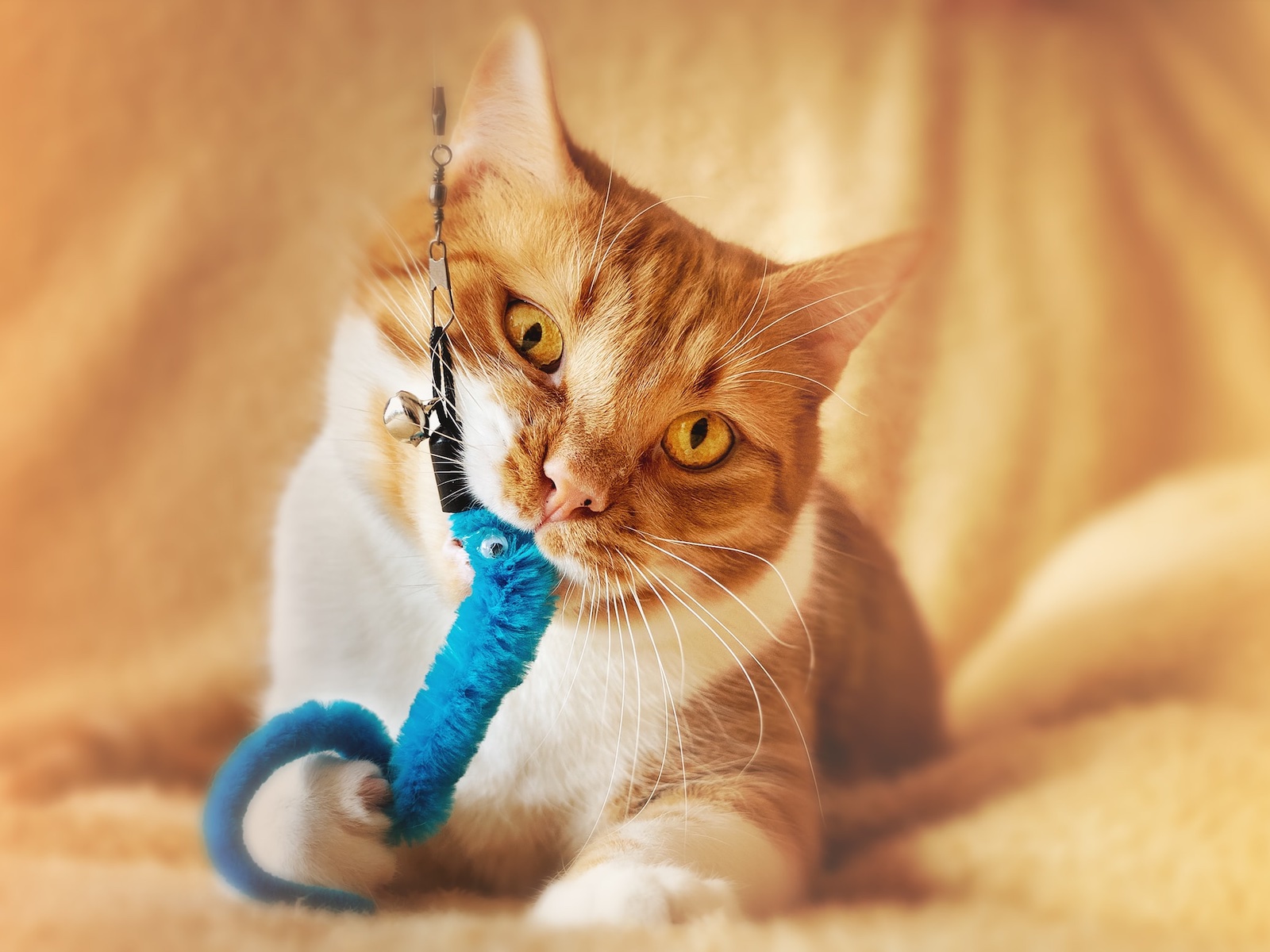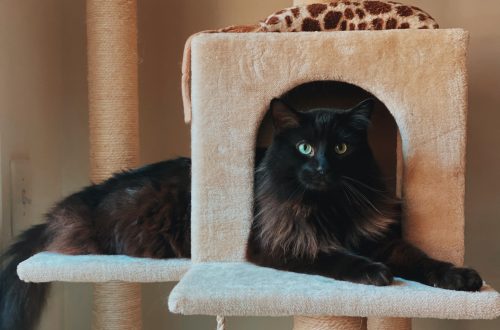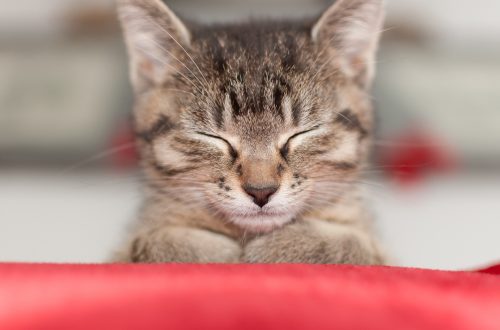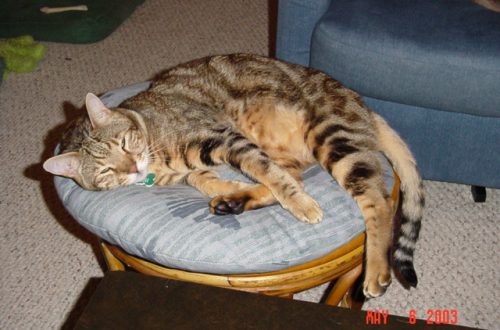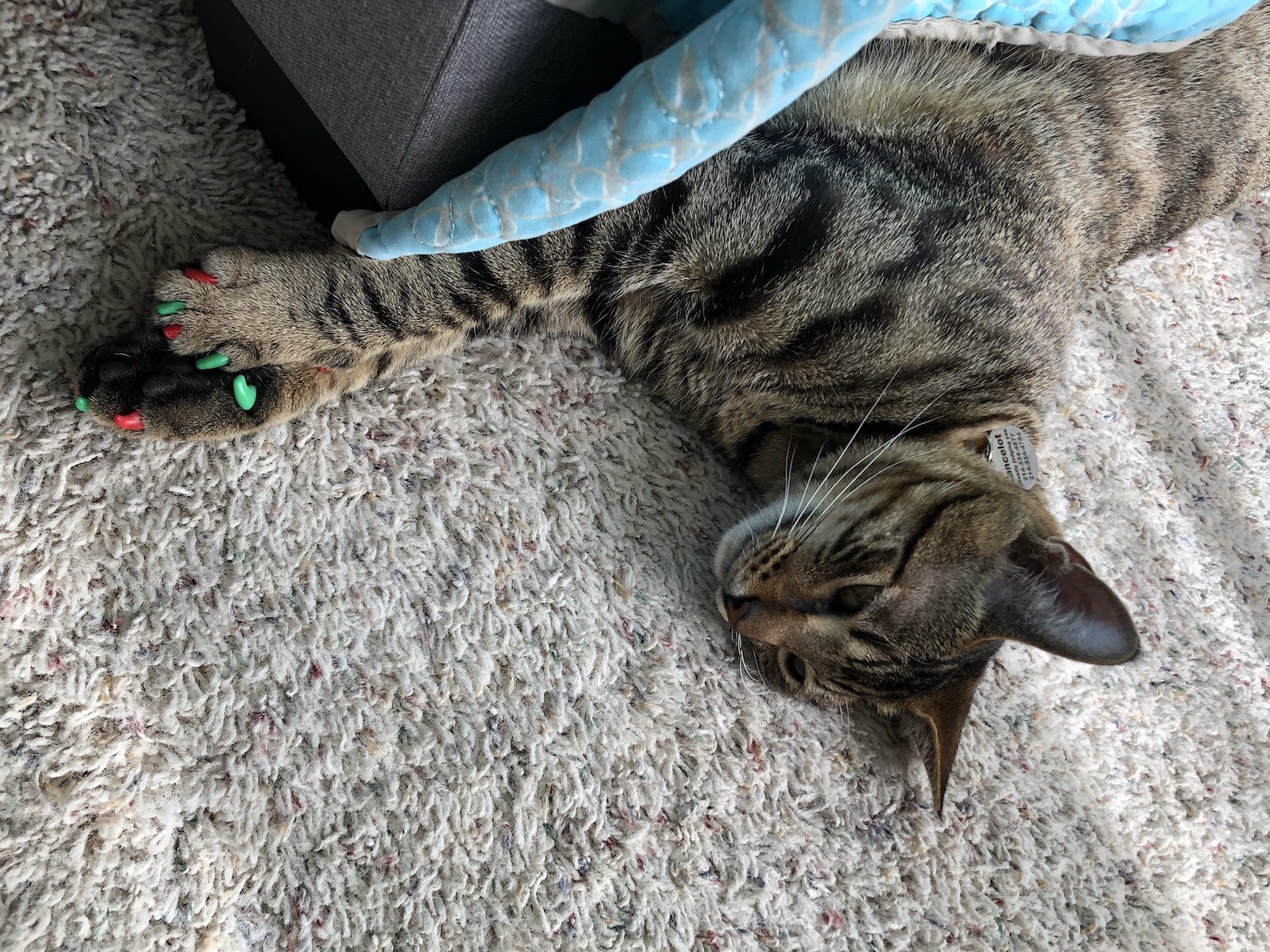
5 Myths About Cat Nail Caps
If you are like me, you want to protect your furniture from cat scratching, but you don’t want to put your kitten through the terrors of a declaw surgery. When I had my first 2 cats, I refrained from getting furniture that was any fun to scratch and that worked beautifully for me. However, after almost 10 years without a cat in my home, a lot of furniture changes, and a new kitten arrival, I had to come up with a different solution. Enter nail caps!
I love them and they work perfectly for my Lancelot. I use the VICTHY Nail Caps from Amazon and they’ve been working very well for us for 2 years. I highly recommend nail caps for indoor cats so I tried to answer the concerns people have about their use.
Myth #1: The nails can’t retract with caps on
When a cat nails extends and then retracts its nails, they do not go up into the paw themselves. The nails only come off the ground, so that they do not touch the surface on which the cat is walking. When a cat wears nail caps, the paws and nails can make all the same natural movements that they do without the caps. The nails can easily extend and retract as long as the nail caps are applied properly. So it is very important that you apply the correct size cap for your cat’s nails, trim the nails prior to application, and use just enough glue to keep the cap on and not so much that it irritates your cat’s nail beds.
Myth #2: Nail caps cause damage to the nail and nail bed
The Soft Paws nail caps were created by a veterinarian to be soft and non-toxic to both cats and dogs. When the nail caps are applied correctly, they should not be able to damage or cause discomfort to your cat’s paws or nail beds. To make sure you are using the caps correctly, follow the tips below.
- Choose a nail cap size that is a the most comfortable fit and shape for each of your cat’s nails.
- Use enough glue to keep the caps on, but not so much that it overflows during application. The glue should not touch your cat’s hair, nail bed, or skin around the claws.
- Trim the nail slightly longer than a normal nail trim (just past the top of the ‘hook’). This leaves a small space between the nail cap and your cat’s nail bed protecting the nail bed and surrounding skin.
Myth #3: You can use scratching posts instead of nail caps
Scratching posts, pads, and alternatively shaped scratching surfaces are an essential for cats. They encourage them to flex and stretch. They provide an alternative to scratching furniture and carpets. They allow cats to mark their territory with scent from their paws. However, scratching posts do not help to file down your cat’s nails. They help remove dead layers of the nail sheath, revealing new, sharp nails underneath.
When you use nail caps, you remove the dead layers of nail sheath with the old nail cap, and you trim the nails to keep them at the appropriate length. Since nail caps are generally replaced once every 4-6 weeks, they help you maintain your cat’s nails in good health and at a good length. This prevents damage from sharp scratching, but still allows your cat to enjoy the natural urge to stretch, flex, and scratch.
Myth #4: Nail caps don’t last very long
The first few times you apply nail caps, your cat will likely bite or pick at them causing them to fall off sooner than the expected 4-6 weeks. This is normal, and almost all cats will leave them alone after a few weeks or a few applications. You can use positive reinforcement with treats, games, and cuddles to help distract your cat from picking at the nail caps. These positive reinforcements work great while trimming and applying the nail caps as well.
I generally apply the nail caps that need replacement, usually 3 to 4 at a time, and then immediately feed my cat. This provides him with a treat after he lets me apply the nail caps, so he’s not as opposed to having them put on.
Myth #5: Nail caps are a permanent solution to nail care
Nail caps do not stop your cat’s nails from growing. This means that as your cat’s nails grow, they can sometimes grow longer than is comfortable while wearing the nail caps. Even if your cat leaves the nail caps alone after the first time you apply them, you should replace them after 6-8 weeks. The remaining caps should be removed with nail trimmers. Usually clipping the tip of the cap will losen it on the nail and the body of the nail cap will fall off allowing you to place the next set. Before reapplying the nail caps, you need to trim and clean the nails. This maintains the health and length of the nails while providing ongoing protection from scratching.
Nail caps are great options for many owners and cats.
Nail caps are a wonderful alternative to declawing your cat. They help prevent the damage to skin, furniture, curtains, etc., that cats often choose to scratch to our surprise. They also help in teaching your cat that being handled for grooming is a positive process which can definitely help at the vet office. However, if your cat goes outdoors or you are not able to change the nail caps every 4-6 weeks, they are not the best solution for you and your cat. There are also some cats who will not tolerate having the nail caps on their nails. These fellas just need to have a regular nail trim about once every 3-4 weeks.
~ This site is supported by its audience. When you purchase on Amazon through links on my site, I may earn an affiliate commission. ~

